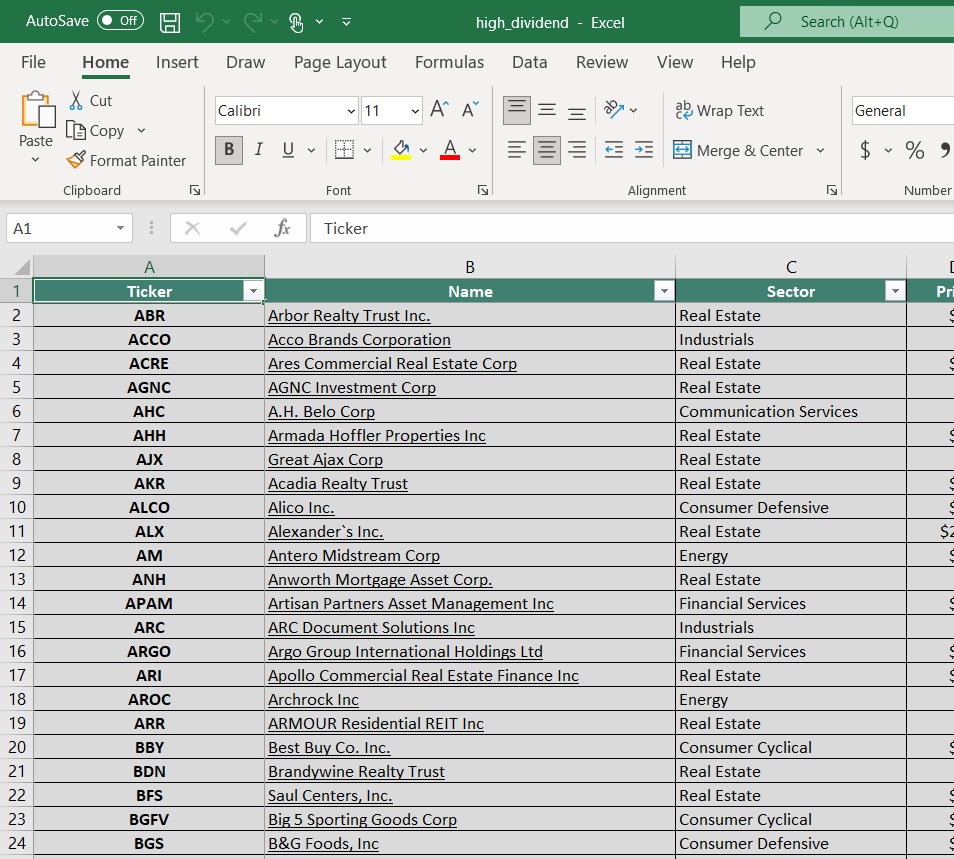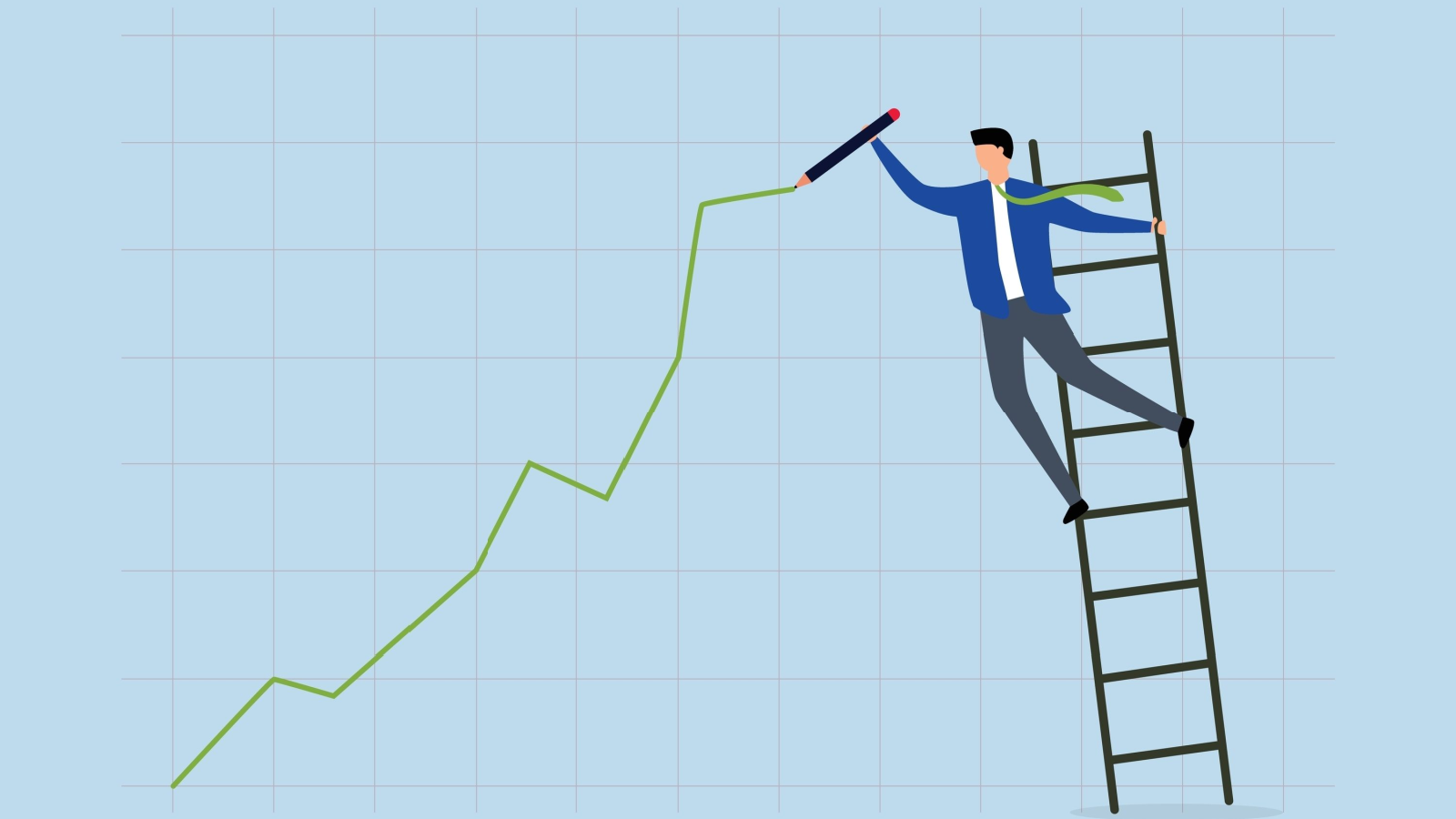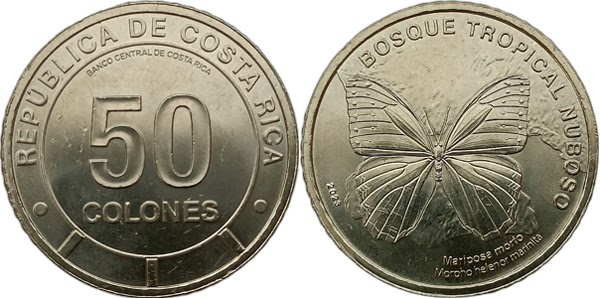Uncertainty as the new normal – United States

Written by the Market Insights Team
A rolling one-month threat
Kevin Ford –FX & Macro Strategist
The blueprint of a threat, followed by a deadline extension, was on display yesterday, as the presumed March 4th deadline for Canada and Mexico might now be pushed back to early April. The Eurozone also faced a new round of tariff threats from President Trump, capping the EUR/USD at 1.05. As highlighted in previous Daily Market Updates (DMU), speculation is rife about another push towards April 2nd, aligning with the deadline President Trump set for his cabinet to assess reciprocal tariffs and global trade relations.
Since inauguration day, trade policy has been a rollercoaster of uncertainty. It’s now unclear whether the steel and aluminum tariffs, initially set to begin on March 12th, will also be postponed to April 2nd. For now, the FX markets will believe in tariffs only when they see them.
The Loonie has encountered resistance at the 1.435 level, as flight-to-quality persists in the US markets amid widespread uncertainty. From macroeconomic data to fiscal spending cuts, debt ceiling negotiations, US-Russia relations, and the burgeoning relationship between the Chinese government and the mega tech industry, investors face a myriad of questions with no clear playbook for navigating these uncertain times.
As a result, the fear index, or the VIX, has been up and down between the alarming 20 levels and 17. Nvidia’s strong quarterly earnings have provided a measure of relief to the markets, amid the prevailing uncertainty and doubts about the sustainability of AI momentum in corporate America.
The uncertainty has particularly impacted the crypto market, causing a sell-off that has wiped out around $400 billion in market capitalization over the last few days. BTC/USD is now trading at 86,000, significantly below its all-time high of 106,146.

Equities rattled, currencies calm
George Vessey – Lead FX & Macro Strategist
There’s growing confusion around the timing and scale of tariffs to be implemented by the US administration following US President Donald Trump’s cabinet meeting on Wednesday. Trump said that the 25% tariffs on Mexico and Canada would be implemented on April 2, rather than the looming March 4 date. It wasn’t clear if the president meant that he was giving the countries additional time, or got confused with a separate program. Either way, the slew of contradictions has stoked investor skepticism over Trump’s policy agenda.
Equity markets have been rattled in the wake of the ongoing twists and turns in the tariff narrative, with US equities having now wiped out the initial post-election burst. But currencies appear to be taking it in their stride a little more, with realised volatility in G10 FX shrinking of late. Aside from tariff uncertainty, the growth-scare narrative in the US has worsened, which has led to risk-off market conditions . A combination of weaker growth and disinflationary forces will encourage further interest rate cuts at the Federal Reserve (Fed), with markets now pricing two 25 basis point cuts for the year, whereas the expectation was for just one cut two weeks ago.
Meanwhile, in the commodities space, oil prices are trading a multi-month lows having lost around 4% this month as Trump’s aggressive moves on trade triggered anxiety at a time when oil traders were already concerned about lackluster consumption in China. Moreover, hopes for a potential Russia-Ukraine peace deal weighed on the market, as lifting Russian sanctions could increase global oil supply. Commodity FX thus remains under pressure with the Aussie and Canadian dollars trading softer.

Tariff threats losing sting on euro
George Vessey – Lead FX & Macro Strategist
The euro retreated from a one-month high of $1.0528, whilst Germany’s 10-year bond yield fell to 2.44%, near a one-week low, as doubts emerged over a swift increase in European defense spending and its funding through bond issuance. Meanwhile, economic data showed German consumer sentiment unexpectedly weakened heading into March. Plus, US President Trump fired another round of tariff threats overnight, but it hasn’t rattled the euro like one might have expected.
EUR/USD continues to knock on the door of $1.05 but the 100-day moving average located just above this level remains a strong barrier to the upside. Nevertheless the euro appears relatively calm after the latest bout of tariff threats, falling only 50 pips on the news. Trump stated he intends to impose duties of 25% on the European Union without giving any further details on whether those would affect all exports from the bloc or only certain products or sectors. Meanwhile, Germany’s incoming chancellor, Friedrich Merz, ruled out a swift reform of the country’s borrowing limits and said it was too early to determine whether the outgoing parliament could approve a major military spending increase.
Investors will be monitoring the trade and fiscal policy developments closely, but on the macro front today, Spanish inflation data could prove important for clues on where the Eurozone figure will land next week ahead of the European Central Bank (ECB) meeting. Markets expect another 25 basis point rate cut and about 82 bps of ECB easing in total this year. The spread between US and German 10-year yields closed at 181 basis points on Wednesday, near the narrowest since October. It’s set for the biggest monthly decline since May, which has helped support the euro’s modest rebound over the past month.

Sterling’s double edged sword
George Vessey – Lead FX & Macro Strategist
Due to higher interest rates in the UK relative to other G10 peers, the pound’s elevated carry status increases its exposure to equity market fluctuations. The modest uplift in equity markets helped the pound inch higher versus the euro and US dollar on Wednesday, with the former trading just shy of the €1.20 handle. GBP/EUR is up over 1% month-to-date, but is flat on the year, whilst GBP/USD is up over 2% month-to-date and near its highest in two months.
The pound’s yield advantage can be a blessing and a curse though. When markets are in risk-on mode – investors happy to take on more risk for more reward – sterling tends to appreciate, but in deteriorating global risk conditions, the pound becomes more vulnerable. This is amplified by the UK’s worsening net international investment position and persistent current account deficit, which leaves GBP reliant on foreign capital inflows. With this in mind, if we see a bigger drawdown in equity markets, expect the pound to tumble too. Several warning signals are rearing their ugly heads on this front, including bearish investor sentiment surveys and a surge in demand for protection against a stock-market correction.
We can also look at 1-month implied-realized volatility spreads in the FX space to gauge whether the market expects future volatility to be greater than what has been observed historically. From this, we can see traders are paying up for protection in safe havens like the Japanese yen and Swiss franc as they look to hedge against potential shocks from trade policy, geopolitics and political uncertainty.

Dollar index holds in top 5% of 7-day range
Table: 7-day currency trends and trading ranges

Key global risk events
Calendar: February 24-28

All times are in ET
Have a question? [email protected]
*The FX rates published are provided by Convera’s Market Insights team for research purposes only. The rates have a unique source and may not align to any live exchange rates quoted on other sites. They are not an indication of actual buy/sell rates, or a financial offer.






































